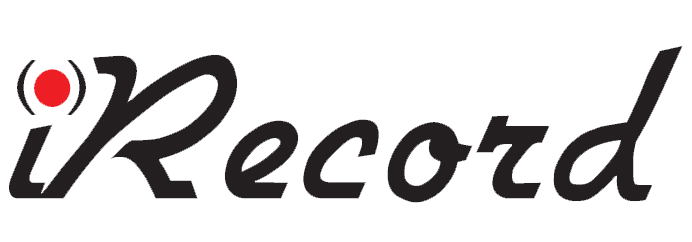Designing a police interview room isn’t just about fitting equipment into a space—it’s about creating an environment that supports accurate, ethical, and legally defensible investigations. From the layout and furnishings to camera placement and compliance protocols, every detail matters. Whether you’re building a new room or updating an existing one, understanding the key components of an effective police interview room setup can make all the difference.
What Matters Most for a Police Interview Room Setup?
An effective police interview room setup starts with recording equipment that’s both reliable and discreet. Permanently installed video and audio systems help provide consistency and reduce the chances of technical errors. But they need to be organized correctly. Microphones should be omnidirectional, and they need to be positioned to clearly capture voices in the space. From there, it’s important to look at discrete HD cameras. Wall-mounted or ceiling-embedded cameras help subjects feel less intimidated while still ensuring every moment is documented from every angle.
Furniture choices also play a pivotal role. Unlike soft interview rooms, which are designed for trauma-informed conversations, traditional police interview room setups should be minimal. Chairs without arms help limit movement and distractions, while a single table creates a neutral, structured environment. Another question is whether to place items on the wall. Artwork can be used to make the space more comfortable, but it should be neutral. Think landscapes or abstract images that don’t evoke authority or consequences. The goal is to encourage honest dialogue, not fear or defensiveness.
Staying Compliant with the Right Policies and Procedures
Technology alone isn’t enough for a modern process. Agencies must back their interview room setups with strong internal policies that mandate consistent recording practices. Having clear procedures in place helps protect officers and strengthens the integrity of evidence. It simply can’t be ignored.
By documenting interviews from start to finish, agencies reduce the risk of legal disputes over what was said or how information was gathered. These policies should include when recording is required and how recordings are stored and accessed. Integrating these standards into day-to-day operations ensures that the interview room serves its full purpose. It’s not just a physical space. Any good police interview room setup considers the big picture of promoting justice and professionalism too.
Not Sure Where to Start? iRecord Can Help!
iRecord is ready to support your goals. No matter where your agency is in the process, we can help. If you already have an interview room in place but need to upgrade your technology or reconfigure the layout for better performance, our team can guide you through the right steps. Or maybe you’re starting from scratch. We’ve worked with law enforcement teams across the country to build purpose-driven rooms from the ground up.
Even if your space is mostly in order, we can help you take the next step. Perhaps you’re ready to improve how you’re meeting today’s compliance standards with new internal protocols. We believe in solutions that simplify your work while reinforcing your mission. That’s why iRecord offers proven templates that make it easier to stay compliant and secure. With iRecord, you don’t have to figure it out alone. Let’s build a better interview room—together.
